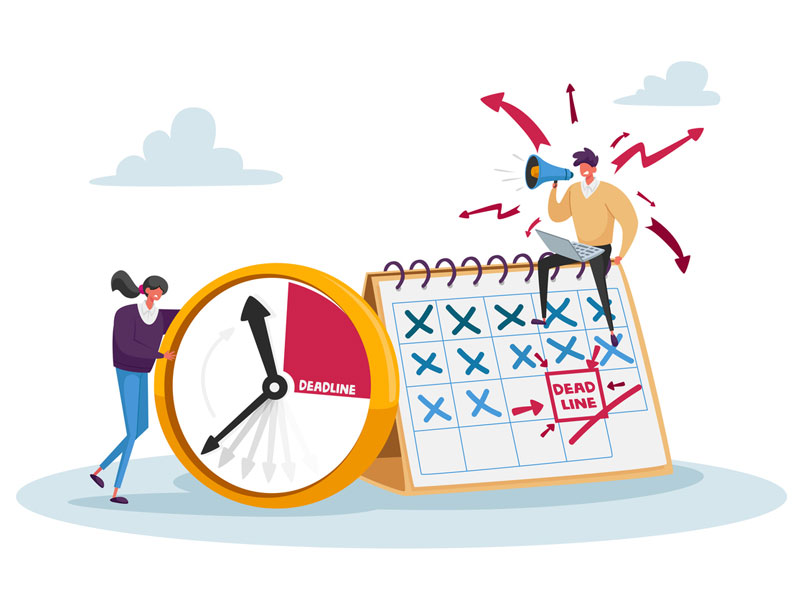
This article appears in the March 2023 issue of Investment Executive. Subscribe to the print edition, read the digital edition or read the articles online.
Owing money to the Canada Revenue Agency (CRA) is about to get more costly. On April 1, the CRA’s prescribed rate will rise to 5% from 4%. That means the amount charged on many overdue remittances will jump to 9% from 8%.
“If you have somebody who has been cavalier about when they take care of their taxes as an individual or a business owner, this should be a wake-up call for them,” said Doug Carroll, tax and estate specialist with Aviso Wealth Inc. in Toronto.
As recently as June 30, 2022, the prescribed rate was 1% and the amount charged on overdue payments was 5%.
The interest rate “has crept up really quickly over the past few quarters,” said Aurèle Courcelles, assistant vice-president, tax and estate planning, with IG Wealth Management in Winnipeg.
Rising rates might necessitate a change in a client’s strategy, such as digging into non-registered savings if the client doesn’t have the cash to pay amounts owing, Courcelles said. Pulling money from a TFSA might be another tactic to consider.
“You’ll get the room back next year,” Courcelles said. “If I make a $20,000 withdrawal today, I’ll get $20,000 in room next year on top of any carry-forward room and the new room I’m going to generate.”
Just ensure the money isn’t paid back into the TFSA until the following tax year to avoid an inadvertent overcontribution, Courcelles said. And while your client may lose the sheltered growth within the TFSA, he added, “it’s still better than paying 9% non-tax-deductible interest starting April 1.”
Taking out a loan might work if your client can get a lower rate than what the CRA is charging, he said.
Another idea is to either round up your payment to the CRA just in case, or to make payments early to prevent future arrears. If your client is worried about their money being held by the CRA, you can tell them the CRA calculates interest on overpayments. That rate is 4% for corporate and 6% for non-corporate taxpayers and will rise by a percentage point on April 1.
What hasn’t changed is the need to file on time — even if your client can’t pay what is owed — as penalties for late filing are separate, Courcelles said.
“If you have a balance owing, the late penalty on that is 5% of the amount you owe, plus an additional 1% for each full month you file after the due date,” he said. “If you owe $5,000, you will pay a $250 penalty for being late, and 1% per full month on top of that for up to 12 months. And there’s interest on top of that.”
You can help your clients stay on track with the CRA, Carroll said. One suggestion is to keep money for certain purposes, such as GST/HST remittances or payroll taxes, in a separate account.
“Having multiple accounts for multiple purposes within your banking will allow you to set that money aside and not work from one big ball of wax of money that is for all purposes,” Carroll said. “You don’t have that risk of accidentally cutting a cheque or something of that nature, which then depletes the account.”
Courcelles said advisors also can remind clients about quarterly instalments to avoid missed payments.
One of the most common mistakes involves the instalment system itself, said Jamie Golombek, managing director of tax and estate planning with CIBC Private Wealth in Toronto.
Taxpayers may use one of three methods to calculate instalments: the no-calculation option, the prior-year option and the current-year option. The third option requires the taxpayer to estimate their income for the current year, which can cause issues.
“The problem is that if you’re really wrong on the estimated method, there could be instalment interest on that,” Golombek said.
Worse, there could be a penalty in rare situations. Golombek pointed to a case involving a pair of business owners who paid themselves a substantial dividend toward the end of the year, leading to their current-year estimate being incorrect.
“[They] tried to argue that [the dividend] was an unpredictable event. The judge said, ‘No, it’s totally predictable. You guys paid yourself a dividend.’ And they got hit with significant interest and even a penalty. So, I think that’s the biggest thing where people get into trouble,” he said.
If your client disagrees with the CRA’s interest and penalties, paying the amount owing while sorting out the issue is the best course of action, Golombek said. Paying the tax doesn’t prejudice their right to object, he explained.
“When I was reassessed personally on my home office, I had all my receipts; I had … legitimate expenses; my employer signed off on it; it was really no issue,” he said.
Golombek paid the amount assessed immediately because he didn’t want the interest to accumulate — and the rate was only 7%.
“All the more so when the rate is 9%. Just pay it. Object, but pay it. I think that’s the most important thing people miss out on,” he said.
If you’re right, you will get the money back along with interest — which is set at the prescribed rate plus 2%, he said.